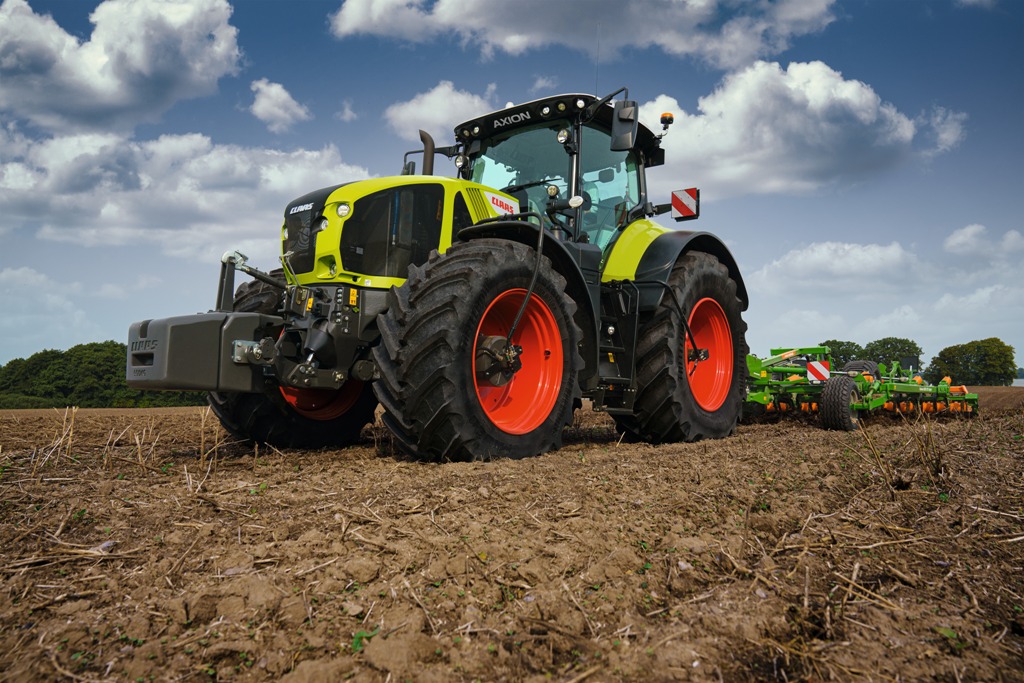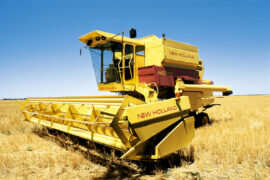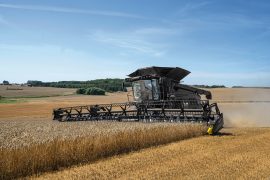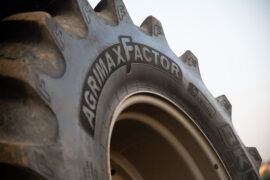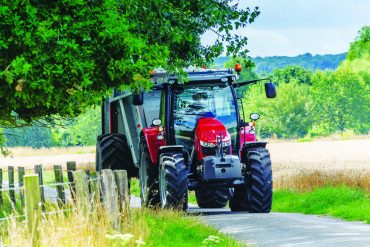Overall, some 89,105 tractors were registered across Europe in the first six months of 2020, according to numbers sourced from national authorities. Of these registrations, 23,556 tractors were 37kW (50hp) and under, and 65,549 were 38kW and above. CEMA considers that 68,831 of these vehicles are agricultural tractors, the rest being quads, telehandlers or other equipment. An overview of the total tractor registrations in selected countries can be found in the annex.
Agricultural tractor registrations for the first semester decreased by 12.08% in comparison with the first six months of 2019. While the year started on par with 2019 for January and February 2020, registrations of agricultural tractors significantly dropped in March (-7.11% versus 2019), April (-25.81%), May (-22.72%) and June (-12.03%), reflecting the COVID-19 pandemic across Europe. The drop dramatically impacted the 2nd quarter (-19.96% versus 2Q-2019), which is traditionally high season for registrations.

Graph 1 – Source Systematics International, formatted by CEMA
Trends per power categories – more flexibility will be needed for 2019 transition engines
When comparing the trends per power category, registrations for all tractors decreased in the first six months of 2020 compared with 2019, with the exception of tractors between 23 – 37 kW (Graph 2). Overall, more than half of all tractors registered are below 75kW and less than one out of four is above 110kW.
With such a dramatic COVID-19 impact, industry requested some flexibility for machines to be fitted with transition engines already manufactured and procured before the crisis. European Institutions rightly amended the most urgent aspects of Stage V Regulation and extended by 12 months the 30th June and 31st December 2020 deadlines for the production and placing on the market of NRMM and tractors fitted with transition engines <56kW and ≥130kW. Tractors fitted with transition engines between 56kW and 130kW are not affected by this extension and retain the applicable deadlines. Based on numbers sourced from national authorities, registrations for machines from 56 to 129 kW fell by 16.03% in the first 6 months of 2020, with a record 23.55% drop in the second quarter.
Therefore, CEMA (www.cema-agri.org) the association representing the European agricultural machinery industry, together with The European Confederation of Agricultural, Rural and Forestry Contractors, CEETTAR and CLIMMAR is the international distributor’s network of 16 national associations in Europe, believe that the European Commission must continue to monitor the effect of COVID-19 on the industry and conduct a timely assessment of the impact regarding upcoming deadlines for machines to be fitted with existing transition engines between 56kW and 130kW, undertaking new legislative actions as appropriate.
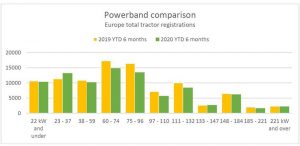
Graph 2 – Source Systematics International, formatted by CEMA

